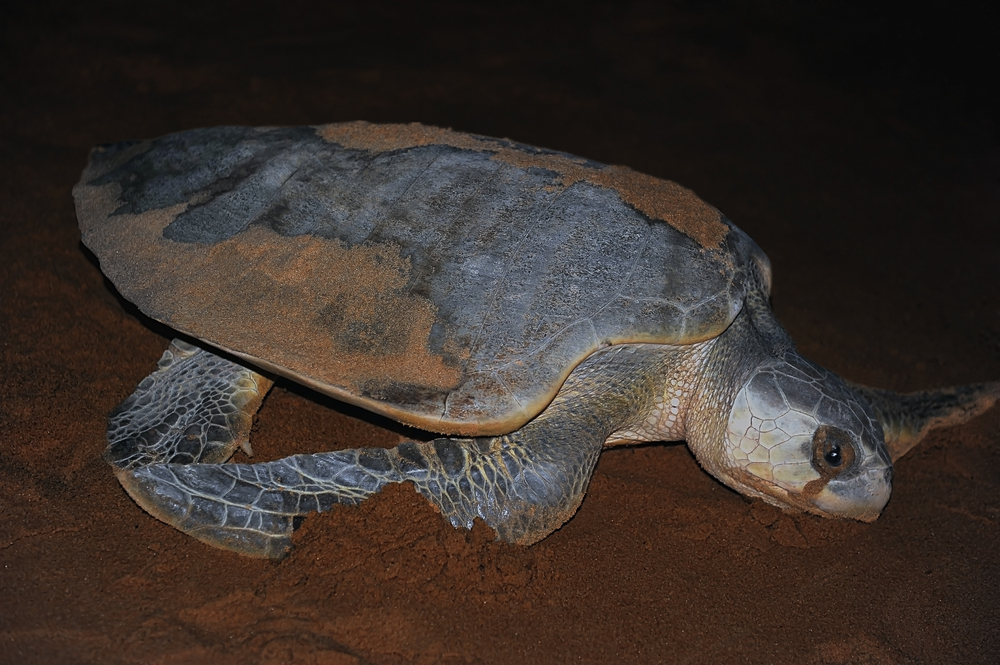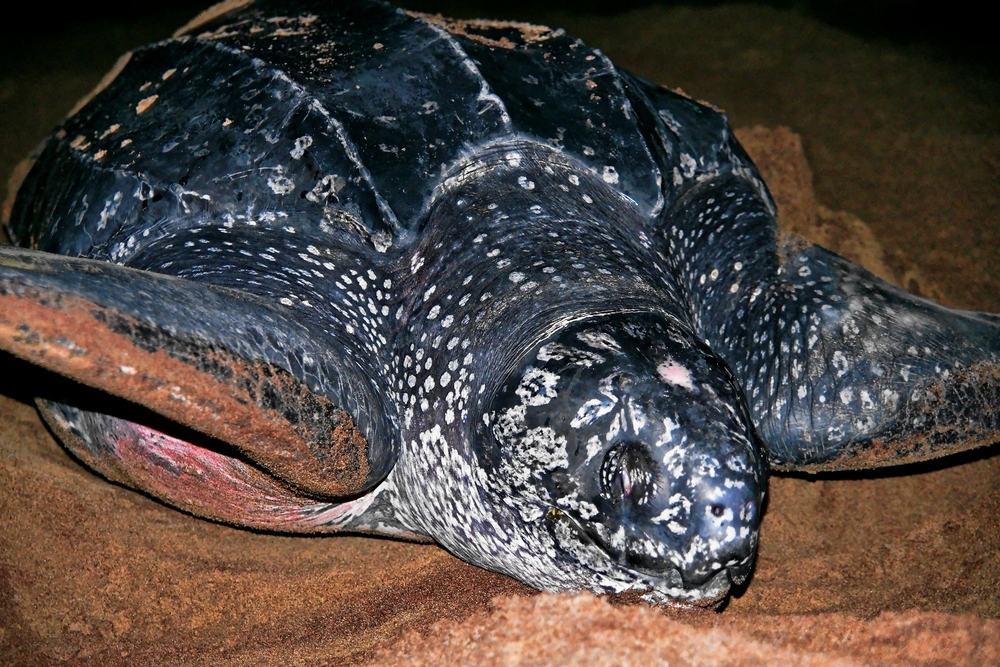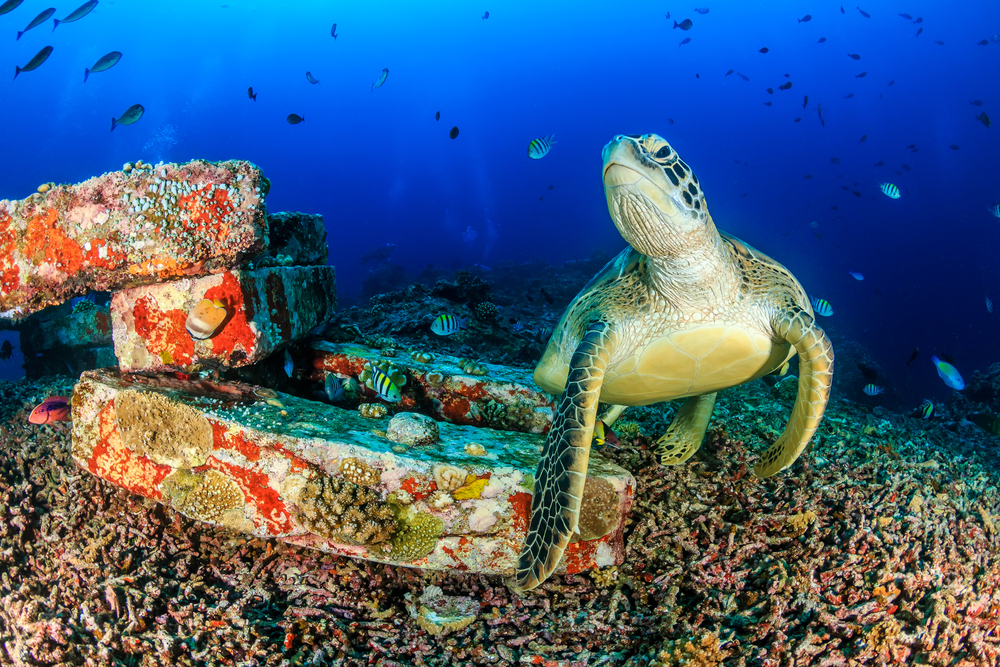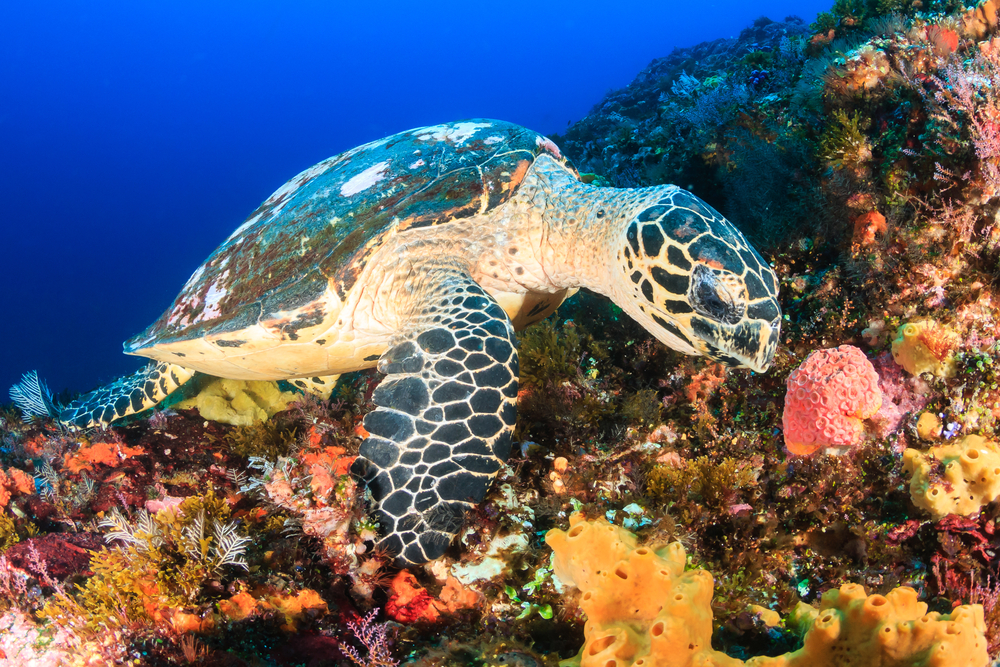Today is World Turtle Day! So let’s dive into the topic of turtles and conservation.
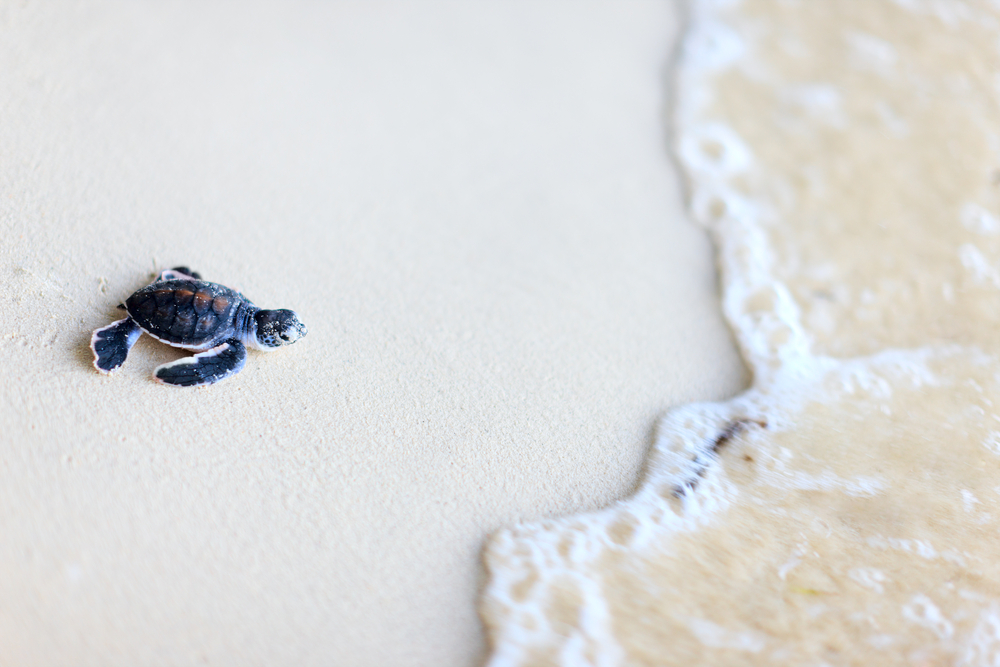
Four out of seven species of sea turtles in the world nest in Malaysia: the Hawksbill, Olive Ridley, Green, and Leatherback. Leatherback turtles are the largest sea turtle species, while the Olive Ridleys are the smallest.
Unfortunately, all four of these species are in the International Union for Conservation of Nature (IUCN) Red List of Threatened Species. Olive Ridley and Leatherbacks are vulnerable, while Green turtles are classified as endangered, and Hawksbills are critically endangered.
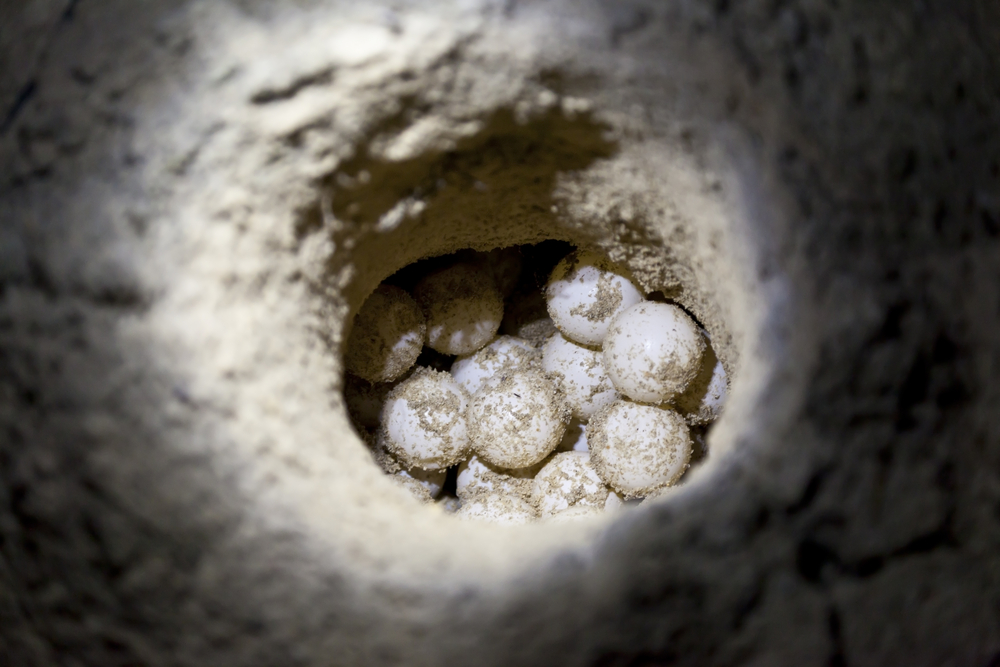
Sea turtles live and feed in the ocean and they only come to shore to nest. Some preferred nesting sites around Malaysia are beaches on Redang Island, Tioman Island, Cherating, Turtle Island, and Melaka.
A popular nesting site and hatchery in the early days was Rantau Abang in Terengganu, with thousands of leatherback turtles coming to nest there. Unfortunately, the numbers have dwindled staggeringly down to merely two turtles in 2002.
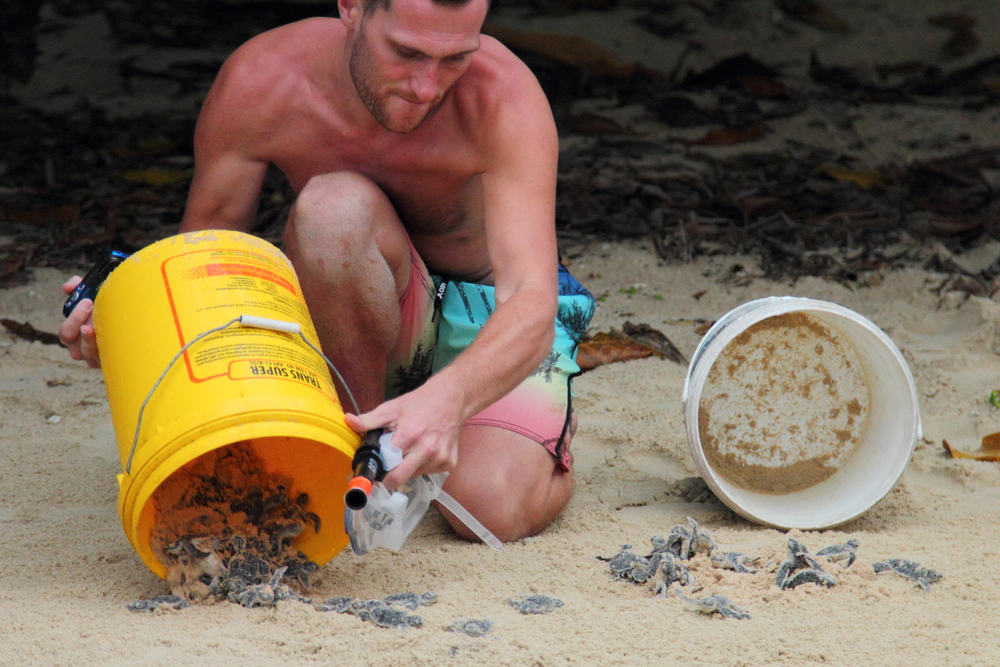
Now, turtle sightings at Rantau Abang are rare and when one does turn up to nest, many of the eggs don’t hatch. There is still an information centre at Rantau Abang where you can learn about turtles, and the hatchery is still doing their best to protect the fews nests that are there, but the numbers aren’t encouraging.
These majestic beings have been around for a very long time, and they have a lifespan of up to 80 years. It’s estimated that sea turtles have existed since the time of dinosaurs, around 110 million years ago.
So the diminishing population of turtles is something we ought to take notice of. We don’t want to add another animal on the list of extinct species – next to Sumatran rhinoceroses, Tasmanian tigers, and passenger pigeons.
Conservation and protection programmes
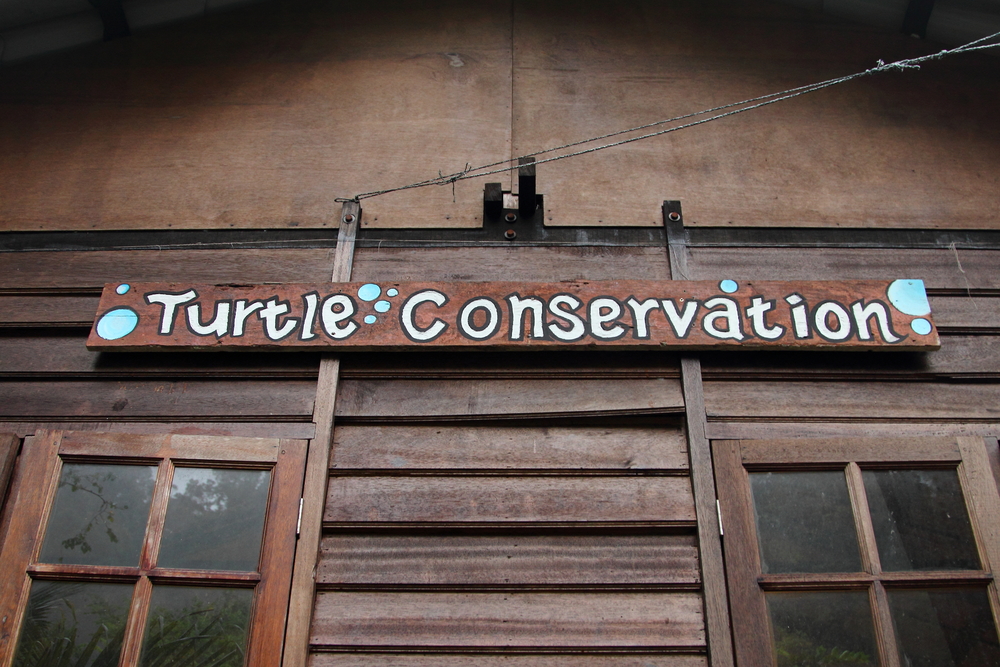
Around the country, efforts are being made to preserve and protect sea turtles through educational programs and workshops. Also, sanctuaries and hatcheries collect the eggs from the buried nests and keep them incubated until they hatch, before releasing them back into the ocean. They do this to protect the eggs and hatchlings from being poached or destroyed due to development.
Relevant organisations also host volunteer programs as a means to educate the public on turtles, while carrying conservation efforts like tagging turtles so they can be monitored.
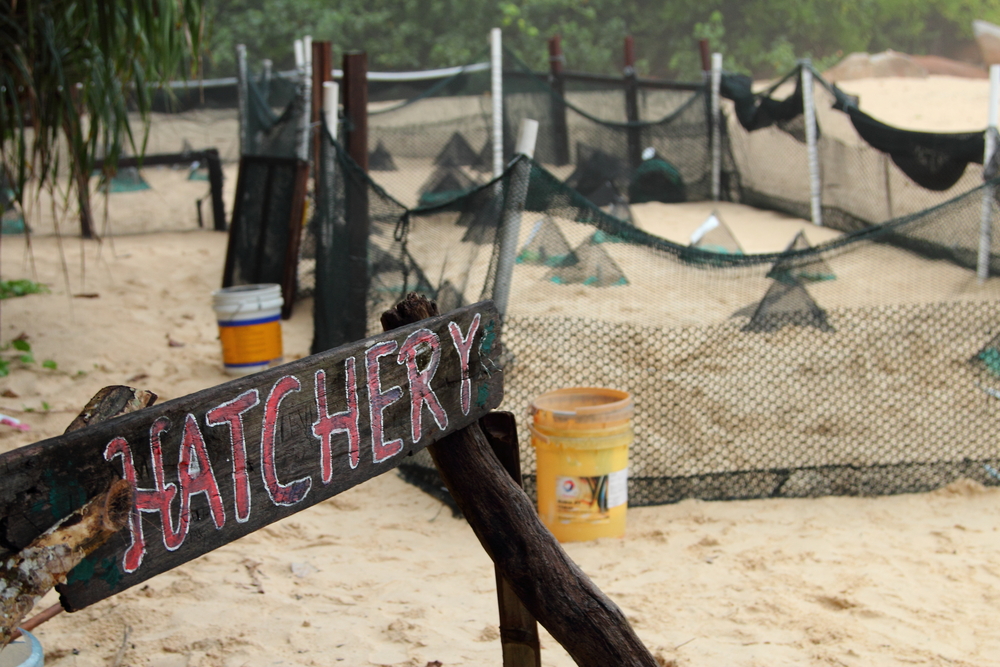
Here are some volunteer programs you can sign up for to help protect these gorgeous animals:
- Turtle Watch Camp at Pulau Tengah, Johor
- Turtle Discovery Trip by the Turtle Conservation Society at Cherating
- Redang Island Marine Turtle Volunteer Program by University Malaysia Terengganu
- Perhentian Marine Turtle Volunteer Program by Perhentian Turtle Project
- Juara Turtle Project at Tioman Island
Quick facts
The information here was taken from The State of the World’s Sea Turtles website.
Olive Ridley
Status: Vulnerable
Scientific name: Lepidochelys olivacea
Size: Hatchlings are about 25mm long and weigh between 15 – 20g; Adults grow to 60 – 70cm long and weigh up to 70kg
Diet: Crabs, other crustaceans, mollusks, and occasionally jellies
Reproduction: Every 1 to 3 years with 1 – 3 clutches of eggs per season (90 – 130 eggs per clutch)
Incubation period: 60 days
Leatherback
Status: Vulnerable
Scientific name: Dermochelys coriacea
Size: Hatchlings are about 50mm long and weigh between 40 – 50g; Adults grow to 140 – 160cm long and weigh between 300 – 1000kg
Diet: Gelatinous zooplankton which are jellies and jelly-like organisms
Reproduction: Every 2 to 4 years with 4 – 7 clutches of eggs per season (50 – 90 eggs per clutch)
Incubation period: 60 days
Green
Status: Endangered
Scientific name: Chelonia mydas
Size: Hatchlings are about 30 – 40mm long and weigh between 25 – 30g; Adults grow to 80 – 120cm long and weigh up to 300kg
Diet: At immature stage: soft-bodied invertebrates such as jellies and jelly-like organisms; At mature stage: mainly herbivorous, but also sessile invertebrates such as sea pens soft corals
Reproduction: Every 2 to 4 years with 2 – 5 clutches of eggs per season (80 – 120 eggs per clutch)
Incubation period: 60 days
*Green turtles can take between 20 – 40 years to reach sexual maturity
Hawksbill
Status: Critically endangered
Scientific name: Eretmochelys imbricata
Size: Hatchlings are about 30mm long and weigh 5g; Adults grow to 75 – 90cm long and weigh up to 150kg
Diet: Sponges and other sessile invertebrates associated with coral reefs and rocky reefs
Reproduction: Every 2 to 5 years with 2 – 5 clutches of eggs per season (120 – 200 eggs per clutch)
Incubation period: 60 days
"ExpatGo welcomes and encourages comments, input, and divergent opinions. However, we kindly request that you use suitable language in your comments, and refrain from any sort of personal attack, hate speech, or disparaging rhetoric. Comments not in line with this are subject to removal from the site. "



